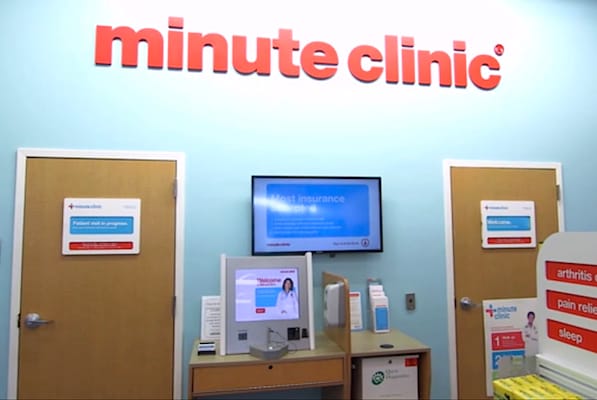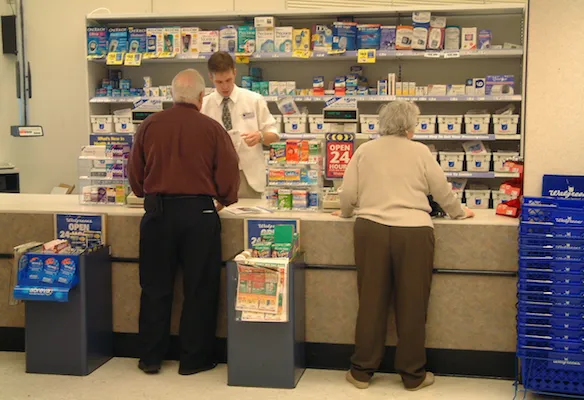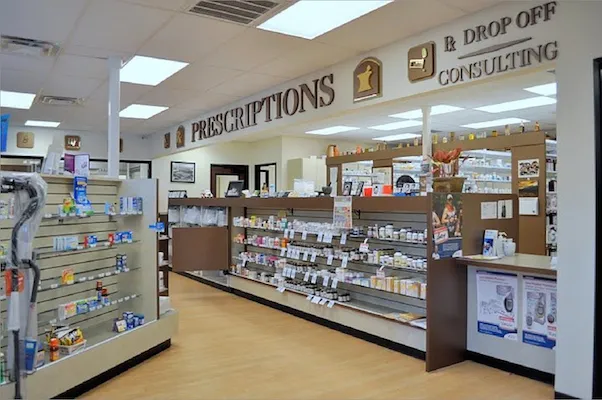While the changes that CVS Health’s $69 billion deal to buy Aetna may bring to the health care sector remain unclear, it’s very likely that a big beneficiary of deal would be MinuteClinic, says one market researcher.

“Now these retail clinics in effect become in-house health care providers for Aetna,” explained Bruce Carlson, publisher at Kalorama Information, an independent medical market research firm. “We can speculate that they’d look to encourage members to use them, and that will drive retail clinic business, indirect sales to stores from clinic visitors.”
CVS’ MinuteClinic walk-in medical clinic arm is already the largest U.S. in-store health clinic operator, accounting for more than 1,100 of the nation’s 2,225 retail clinics, according to Kalorama’s “Retail Clinics 2017: The Game-Changer in Healthcare” study.
Much of the growth in the retail clinic market stems from aggressive expansion by MinuteClinic, Kalorama noted. Last year, total U.S. retail clinic sales totaled over $1.4 billion, up 20.3% per year from $518 million in 2010.
“Only a portion of CVS stores have a clinic, so there is room to grow,” Carlson observed.
Bringing pharmacy benefits in-house and enabling Aetna to better leverage CVS Caremark services is the main driver of the CVS-Aetna merger, according to Carlson, who commented on the deal this week in a Fast Company article. Still, he pointed out, retail clinics are a secondary benefit of the deal, and CVS has indicated it wants to make its stores a “front door” for health care.
That could mean not just increased use of MinuteClinic services but also higher utilization of retail clinics overall, added Carlson.
“Driving growth is waiting times at physician offices, increased health care coverage and the desire of payors to avoid ER visits for non-emergencies,” he stated. “These growth drivers are also drivers for other companies like Walgreens and The Little Clinic. They are drivers for urgent care centers and for telemedicine.”









